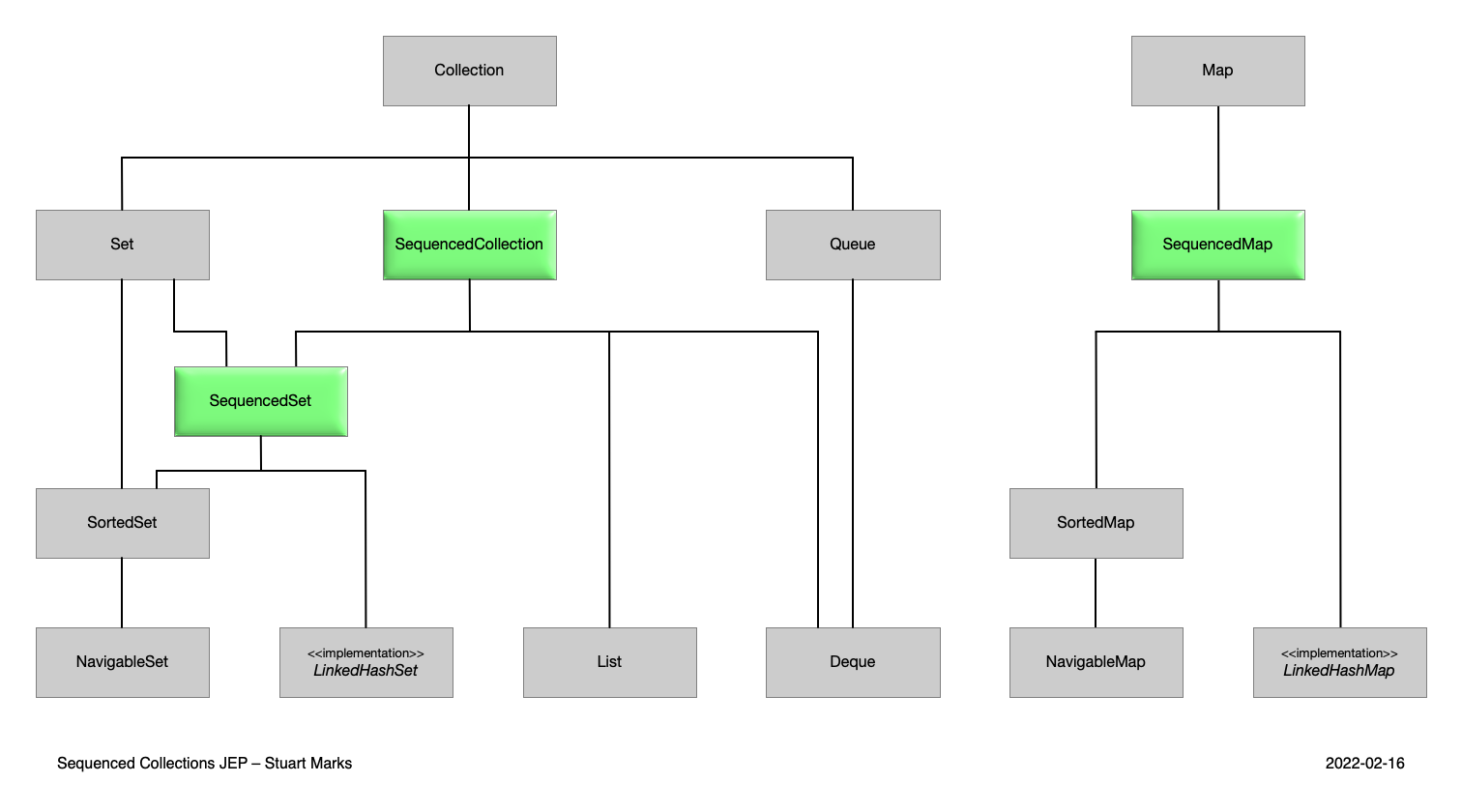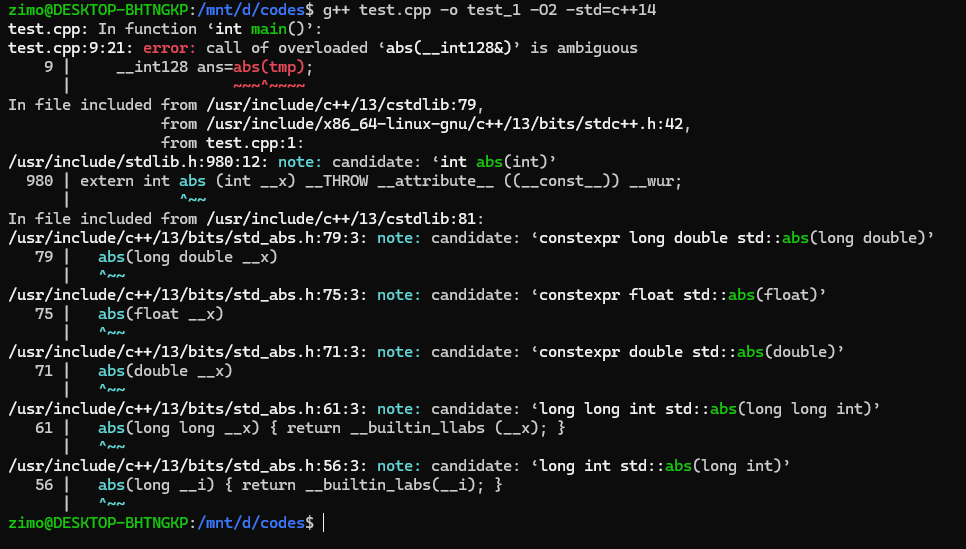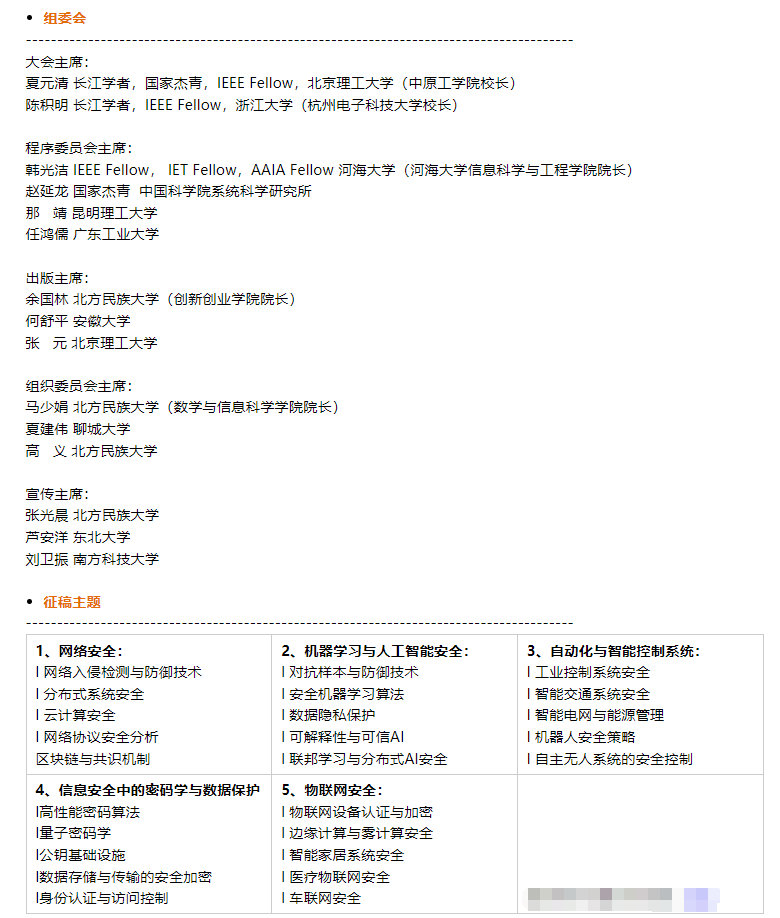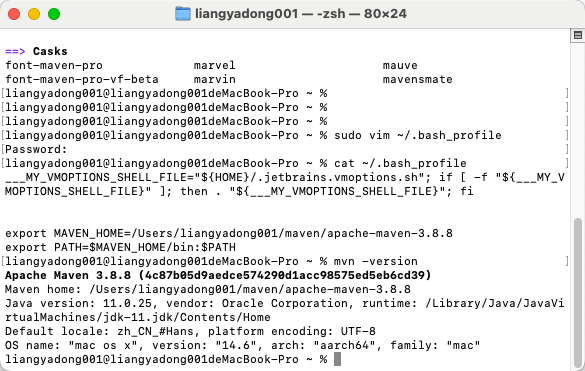顺序集合(Sequenced Collections)
提供了几个新的接口,用于实现有序的集合。
在没有提供有序集合操作之前,我们进行集合的序列操作一般如下
| First | element | Last element |
|---|---|---|
| List | list.get(0) | list.get(list.size() - 1) |
| Deque | deque.getFirst() | deque.getLast() |
| SortedSet | sortedSet.first() | sortedSet.last() |
| LinkedHashSet | linkedHashSet.iterator().next() | // missing |
JDK新提供的几个接口:
- SequencedCollection
- SequencedSet
- SequencedMap
集合的继承实现关系如下所示:

public static void main(String[] args) {// SequencedCollectionList<String> list = new ArrayList<>();list.reversed();list.getFirst();list.getLast();list.removeFirst();list.removeLast();// SequencedSetLinkedHashSet<String> set = new LinkedHashSet<>();set.getFirst();set.getLast();set.reversed();TreeSet<String> treeSet = new TreeSet<>();treeSet.getFirst();treeSet.getLast();
// treeSet.reversed();// SequencedMapLinkedHashMap<String, Object> map = new LinkedHashMap<>();map.firstEntry();map.lastEntry();map.reversed();map.putFirst("first",1);map.putLast("last","last");map.pollFirstEntry();map.pollLastEntry();}记录模式(Record Patterns)
增强Java程序对record模式的记录值的解构
records模式和类型模式可以嵌套
目标:
- 1.支持record类实例的结构,适配更多场景的数据查询
- 2.增加嵌套类型,可以使用更多类型组合数据类型的查询
模式匹配和记录:
record类实例对于编码程序来说可以精确到数据的类型,并可以创建获取数据的可使用方法
@Testpublic void testRecordInstance(){record Test1(String t1,String t2){}Test1 test1 = new Test1("1", "2");//Test1(String t1,String t2)是record模式,明确声明了本地变量的类型if(test1 instanceof Test1(String t1,String t2)){System.out.println(t1);System.out.println(t2);}}
record 嵌套模式
@Testpublic void test2(){record Point(int x,int y){}enum Color{RED,YELLOW}record ColoredPoint(Point p,Color c){};record Rectangle(ColoredPoint upperLeft,ColoredPoint lowerPoint){}//一个测试record嵌套类实例Rectangle rectangle = new Rectangle(new ColoredPoint(new Point(1, 1), Color.RED), null);//现在我们要获取upperLeft的Color我们就可以这样实现if(rectangle instanceof Rectangle(ColoredPoint l,ColoredPoint r)){System.out.println(l.c);}//如果需要跟进一步解析,也可以通过更进一步定义内部嵌套类型if(rectangle instanceof Rectangle(ColoredPoint(Point p,Color c),ColoredPoint ur)){//直接调用定义的变量c,就可以获取到对应的记录值System.out.println(c);}}
- 类型匹配必须要准确,如下,定义的record类是Object,但是判断是String类型,就回出现无法匹配的错误
@Testpublic void test3(){record Pair(Object x, Object y) {}Pair p = new Pair(42, 42);if (p instanceof Pair(String s, String t)) {System.out.println(s + ", " + t);} else {System.out.println("Not a pair of strings");}}
Switch的模式匹配(Pattern Matching for switch)
switch case语句
case标签匹配常量,在JDK21之前,经常通过if语句进行判断,而之后,增加了case语句的标签
case when 表达式作为扩展
另一种形式:可以通过常量,简化判断逻辑增加可读性
@Testpublic void test1() {String str = "YES";switch (str) {case null -> {}case String swhen s.equalsIgnoreCase("YES") -> {System.out.println("YES");}case String swhen s.equalsIgnoreCase("NO") -> {System.out.println("NO");}case "A", "a" -> {System.out.println(str);}default -> {System.out.println("DEFAULT");}}}
swith和枚举常量
改进枚举常量的大小写标签;扩展大小写标签,除常量外,还包括模式和null;扩展switch语句和switch表达式的选择器表达式允许的类型范围(以及对switch块的穷尽性进行所需的更丰富的分析)允许可选的when子句跟在case标签后面。
@Testpublic void test5() {interface CardClassification {}enum Suit implements CardClassification { CLUBS, DIAMONDS, HEARTS, SPADES }final class Tarot implements CardClassification {}CardClassification c = Suit.CLUBS;switch (c) {case Suit.CLUBS -> {System.out.println("It's clubs");}case Suit.DIAMONDS -> {System.out.println("It's diamonds");}case Suit.HEARTS -> {System.out.println("It's hearts");}case Suit.SPADES -> {System.out.println("It's spades");}case Tarot t -> {System.out.println("It's a tarot");}default -> throw new IllegalStateException("Unexpected value: " + c);}}
优化枚举常量case标签
1、对于继承枚举,只允许具体的枚举名称2.对于指定具体的枚举类型,可以不用具体的枚举表达式
public void test6(){interface Currency {}enum Coin implements Currency { HEADS, TAILS }Currency c = Coin.HEADS;Coin cc = Coin.HEADS;switch (cc) {case HEADS -> {System.out.println("Heads");}case Coin.TAILS -> { // Unnecessary qualification but allowedSystem.out.println("Tails");}}switch (c) {case Coin.HEADS -> {System.out.println("Heads");}case TAILS -> { // Error - TAILS must be qualifiedSystem.out.println("Tails");}default -> {System.out.println("Some currency");}}}
官网地址:https://openjdk.org/projects/jdk/21/










